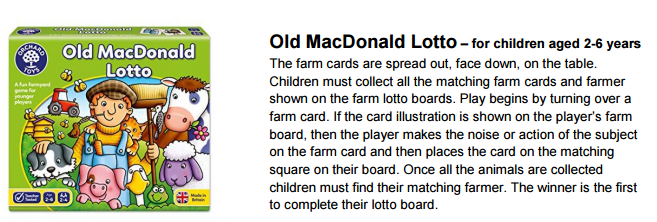This is a treatment programme best described by Maggie Johnson and Alison Wintgens in “The Selective Mutism Resource Manual”. It involves breaking down speaking activities into small manageable steps starting with a step that the individual feels comfortable to do.
Before starting any treatment programme to help your child with selective mutism it is essential that those in the individuals environment know what to do to support the child’s confidence, reduce their anxieties and how to eliminate any factors maintaining the mutism. This can be achieved through collaboration with school and others using training/information sessions and more personalised resources such as those in the resources sections of this site.
In the Selective Mutism Resource Manual they describe the processes of “Informal Sliding-in” and “Formal Sliding-In – these are stimulus fading approaches where a new person is gradually faded into a talking activity.
- Informal Sliding In – more useful for younger clients and those with reluctant speaking behaviours who can warm up to talking. This typically involves the adult gradually moving towards the child and joining in communication activities that the child is already doing.
- Formal Sliding In – This involves a more structured process whereby small steps are made (in agreement with the individual) to work up towards and through a range of talking activities. Typically it involves the individual speaking with someone whom they feel comfortable with in a comfortable environment and then gradually introducing a new element e.g. a new person or place.
When sliding in we have to consider three variables:
- People
- Location
- Activity
The activity variable is important as it is what will distract your child from their anxious feelings. The choice of activity therefore is very important as it must not create unmanageable anxiety in the process. To avoid anxiety, these activities need to be worked through systematically starting with low communication load, through to medium communication load then up to high communication load activities. (Please refer to the Selective Mutism Resource Manual Second Edition for further information on communication load).
As well as considerations for communication load, your child’s developmental age and interests must also be taken into account.
Here are some suggestions:
- Choose games that your child enjoys
- Choose games that your child is adept at
- Pre-practicing games at home
- Make sure that games are not too easy or too difficult
- Games can be adapted to make them easier if needed
- You don’t necessarily have to follow the exact instructions on the box
The Selective Mutism Resource Manual Second Edition contains many activity ideas that are free.
Here are some examples:




Resources: Information from the Selective Mutism Manual
Selective Mutism Wa

